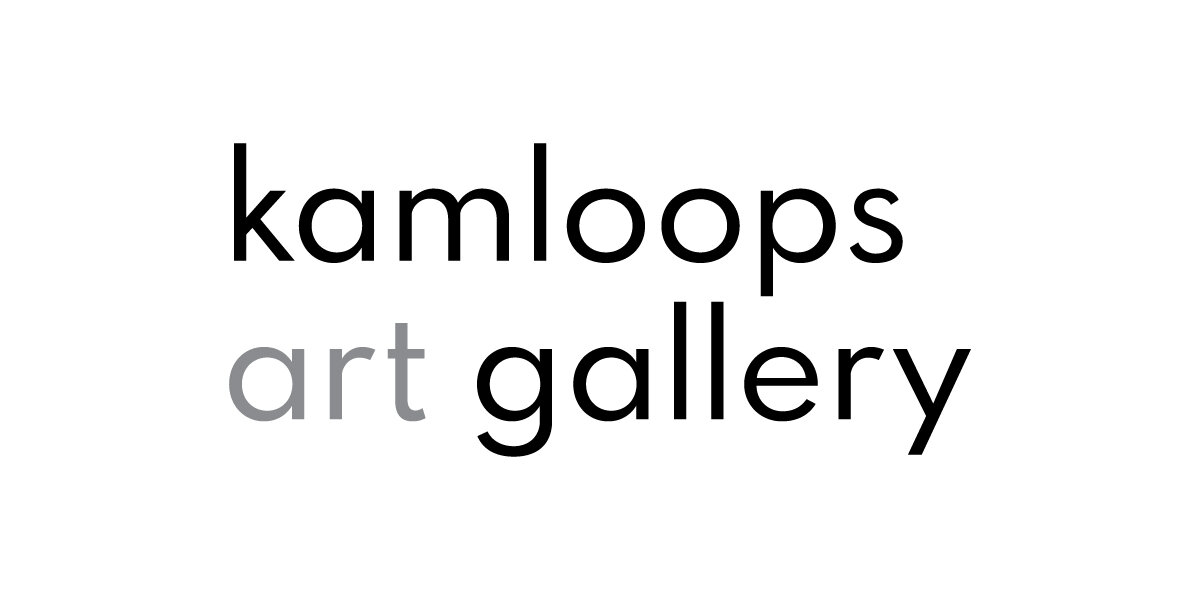Picasso’s Beasts – Acetate Figure Etchings
SCHOOL PROGRAM LESSON PLAN – 10 to 12
Picasso’s Beasts – Acetate Figure Etchings
Final Project Description:
Acetate etchings of figures drawn from classical Greek and Roman sources.
Description:
Students will create etchings using Picasso’s Vollard Suite and images of Classical Greek and Roman works as inspiration. Acetate will be used instead of metal plates. Explain that this process is similar to drypoint etching into metal.
Theory:
Students will (taken from the BC Curriculum PLOs):
- create image to convey intended mood or message
- create a series of images within a specific visual expression area that demonstrate particular
elements and principles
- demonstrate competent use of techniques specific to selected materials
Creation & Analysis:
- Revisit and reference Picasso’s work. Picasso was heavily influenced by the clean sweeping lines of neo classical art. The myth of the Minotaur came from Greek literature and is the symbol for animal instinct and desire in the Vollard Suite. Watch the video about this work from the British Museum with the class to give a background on the work. The comparative images are really useful.
- Have some discussion about the history of figure drawing and the nude in art. Explain some of the biographic information about Picasso’s relationships that went into these prints.
- Pass out examples of classical figures – sculptures, busts and paintings. Are there differences in how these bodies are portrayed? Can identifying styles be picked out? Why do you think artists were depicting bodies like this? Are bodies hairy or smooth? Are they “perfect” or imperfect? What were these works meant to represent? How are they similar or different from beauty standards today? Women have been traditionally portrayed as passive in art – what assumptions about women were part of these renderings? How is that similar or different from today?
- Have students practice the flowing line work used by Picasso. Explain some tricks to achieve proportion, balance, expression and accuracy in their drawings of bodies. You might start with a blind contour drawing activity to warm up.
- Transfer successful drawings to the acetate, using thick sewing needles, drypoint tools or other improvised scratching tools to incise marks. Drawings can be placed under the acetate to facilitate tracing.
- Ink up the plates at an inking station and pull prints. Troubleshoot issues and reprint.
Duration:
60 minutes in the studio – 10 mins on approach and video, 5 mins explaining how to achieve different effects, 40 mins on project, 5 mins for wrap up and possible discussion or look at other’s work to end class.
Materials:
Scrap paper
Pencils
Erasers
Images of classical art
Acetate sheets
Drypoint tools
Printing ink
Brayers
Paper for printing
Cloths or paper towel
Look & Discuss:
-HAVE STUDENTS PUT THEIR NAMES ON THEIR work! This is important.
How has this activity made them more aware of printmaking as a medium? What do they think about Picasso’s portrayal of women? Of himself? How do media images (including art images) build our ideas about our own bodies?
Prep:
-Layout paper, pencils and erasers
-Photocopy images of classical art
-layout acetate sheets and good printing paper
-set up inking stations and have lots of paper towel and rags ready
Take it further:
Ask students to look at each other’s work at the end of class to see how other students approached their project. How are they similar? How are they different? What other materials can they find at home to make this kind of print with?
